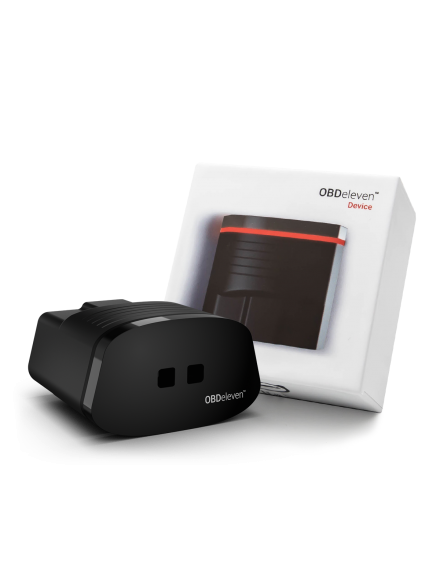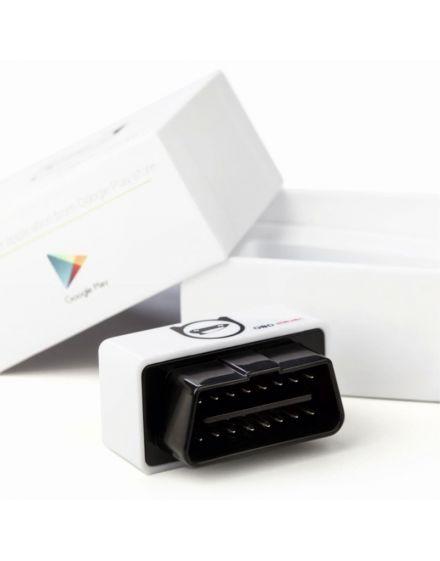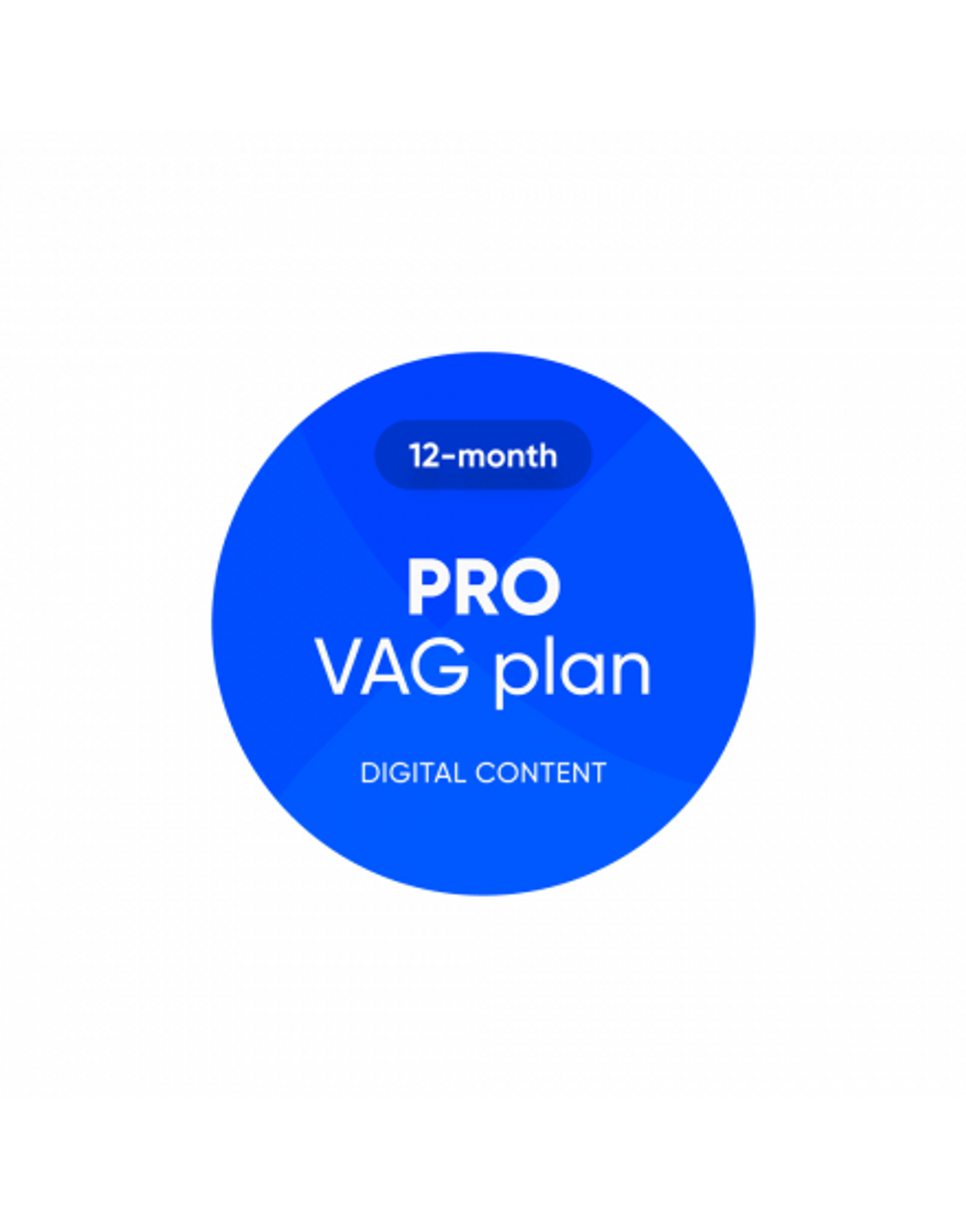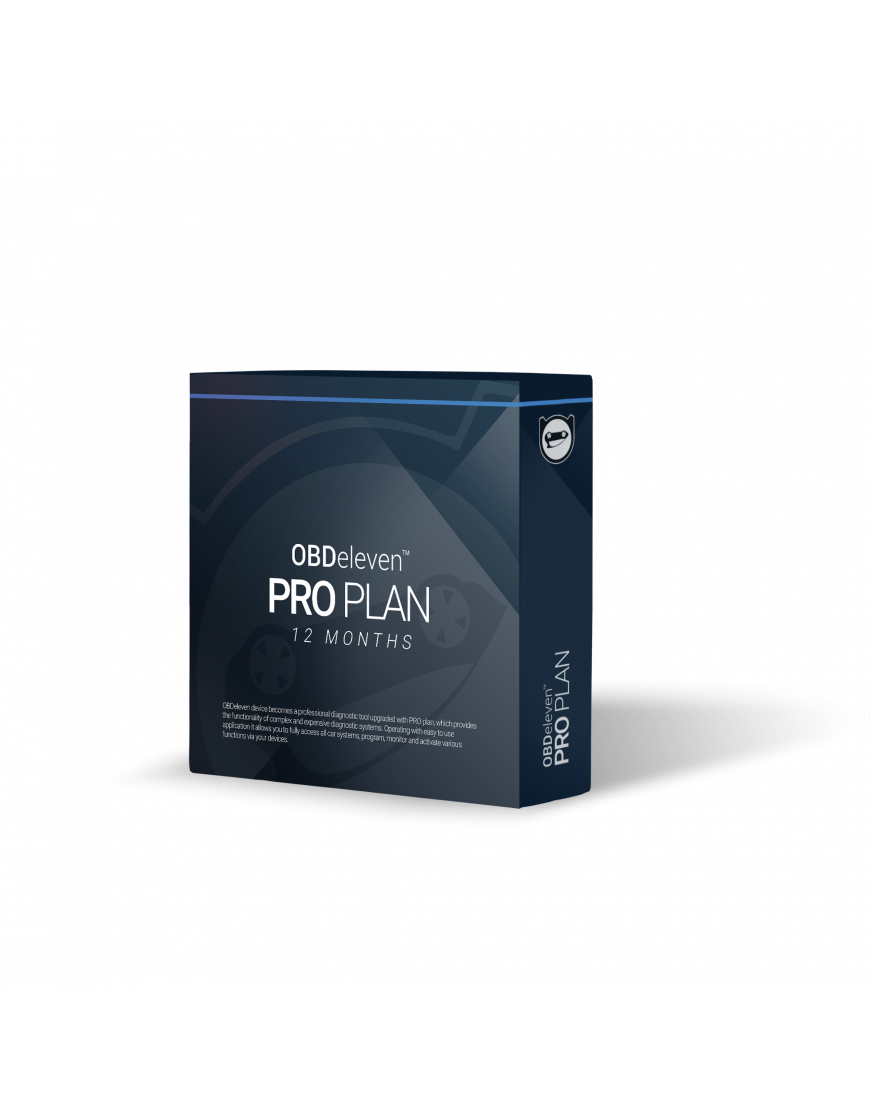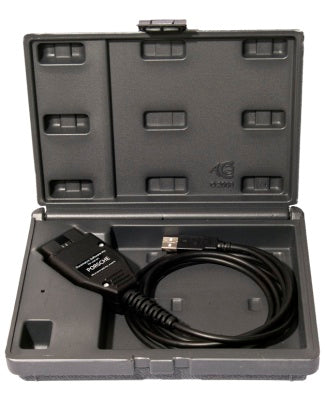The engine's fueling system operates to a maximum of 1973 PSI (136 bar) of pressure to correctly spray and atomize fuel directly into the engine's cylinders. This is contrast to multi port injection vehicles of the past which typically operated around 40-60 PSI and were driven off of a low pressure fuel pump. To generate these enormous pressures, the 4.2L FSI V8s variable low pressure fuel pump supplies fuel to two cam driven and solenoid fired high pressure fuel pumps which in turn supplies the injectors with fuel. A dual-lobe cam located on each intake camshaft drive the 4.2L FSI V8s high pressure fuel pumps. As engine speed increases, so does each pump's ability to displace a greater volume of fuel per minute. The maximum volume each pump can deliver per revolution on the dual-lobe cam is dictated by the stroke length from each cam lobe's lift and bore diameter of each pump's internal pressurizing cylinder. It's important to understand, despite the name, high pressure fuel pump upgrades are not necessarily designed to increase the engine's fuel rail pressure. The primary goal is to increase the volume of available fuel. The engine's fueling system is very capable without modification, even at high power levels generated using previously available stage III TVS1320 supercharger system. However, stage III+ TVS1740 supercharger system is capable of generating significantly more power and requires modification to high pressure fuel pumps to keep up with fueling demands. Each high pressure fuel pump addresses fueling needs and leaves plenty of headroom for safety and further increased power levels in the future. By increasing each pump's internal capacity, the fueling system is capable of displacing a higher volume of fuel per minute at every RPM.













